The Research
What do the data say about child abuse and neglect?
What is child abuse?
Child abuse includes physical, emotional, and sexual abuse; kids seeing or hearing intimate partner violence (domestic violence); and neglect.
The harmful impact of child abuse is compounded by silence
Children often do not share their trauma – and receive messages that they should not. In a recent survey of Lane County residents, of those who were abused as children, 47% said no one ever helped them when they were first abused (many before age six). Nineteen percent said they rarely received help.
Reports to child welfare have increased in Oregon
In 2000, 41,000 calls of suspected abuse and neglect were made to child protective services. In 2017, reports increased to 80,683. In 2019, of the 89,451 reports, 42.3% were categorized as neglect; 39.9% as “threat of harm,” 9.8% physical abuse, and 6.5% sexual abuse.
What are the rates of child abuse and neglect in Lane County?
37.7% of women and 31.1% of men in our community experienced child abuse and neglect – 100,000 adults living in Lane County today.
Child abuse and neglect happens among people of all incomes and is higher among people living with the stress of financial pressure: For people in Lane County with incomes higher than $75,000, the child abuse rate is 23.0%. For people with incomes less than $25,000, the rate is 51.0%
Child abuse starts early.Of all the survivors confirmed by child welfare in 2019, 48 percent were age six or younger.
Currently, abuse rates are primarily estimated with reports to child welfare – which significantly under-represent actual rates – and retrospective research with adults. National surveys with youth have several additional limitations. According to the federally funded Fourth National Incidence Study of Child Abuse and Neglect (2010), three times as many children experience abuse and neglect as are reported to Child Protective Service agencies. Right now, Oregonians don’t have an accurate answer to questions like, “How many children are abused and neglected in our state each year?” and “Are abuse rates today higher or lower than 10 years ago?” and “Are we making progress in preventing child abuse?” The Oregon Child Abuse Prevalence Study, a first-of-its-kind survey of high school youth currently being piloted by the Center for the Prevention of Abuse and Neglect, is designed to provide answers. By directly asking teens about their experiences of abuse and neglect in a sensitive, private manner, OCAPS will help us more fully understand both the current situation and what can be done to improve it.
More information about OCAPS is available on the CPAN website.
What do Lane County residents think?
Many people in Lane County believe we can reduce child abuse and want to help – in fact, 86% believe that “we can very significantly reduce child abuse and neglect” in our community. However, only 36% are confident that it will be reduced. How do we move from “can” to “will”? That’s where 90by30 comes in. By providing a way for every person and group to make a difference, and by bringing research-tested prevention strategies to our community, we will reduce abuse and neglect in Lane County.
When polled, more than 85% of a random selection of Lane County residents agreed that the most important ways to reduce child abuse and neglect are:
- Support. If all people received the emotional support they needed, we would significantly reduce child abuse.
- A local plan. If there were a long-term, community-wide effort to raise awareness about child abuse and neglect, we could help end it.
- A role for everyone. Personal action makes a difference – every person, neighborhood, group, organization, business, and entity has a role to play in reducing child abuse and neglect.


